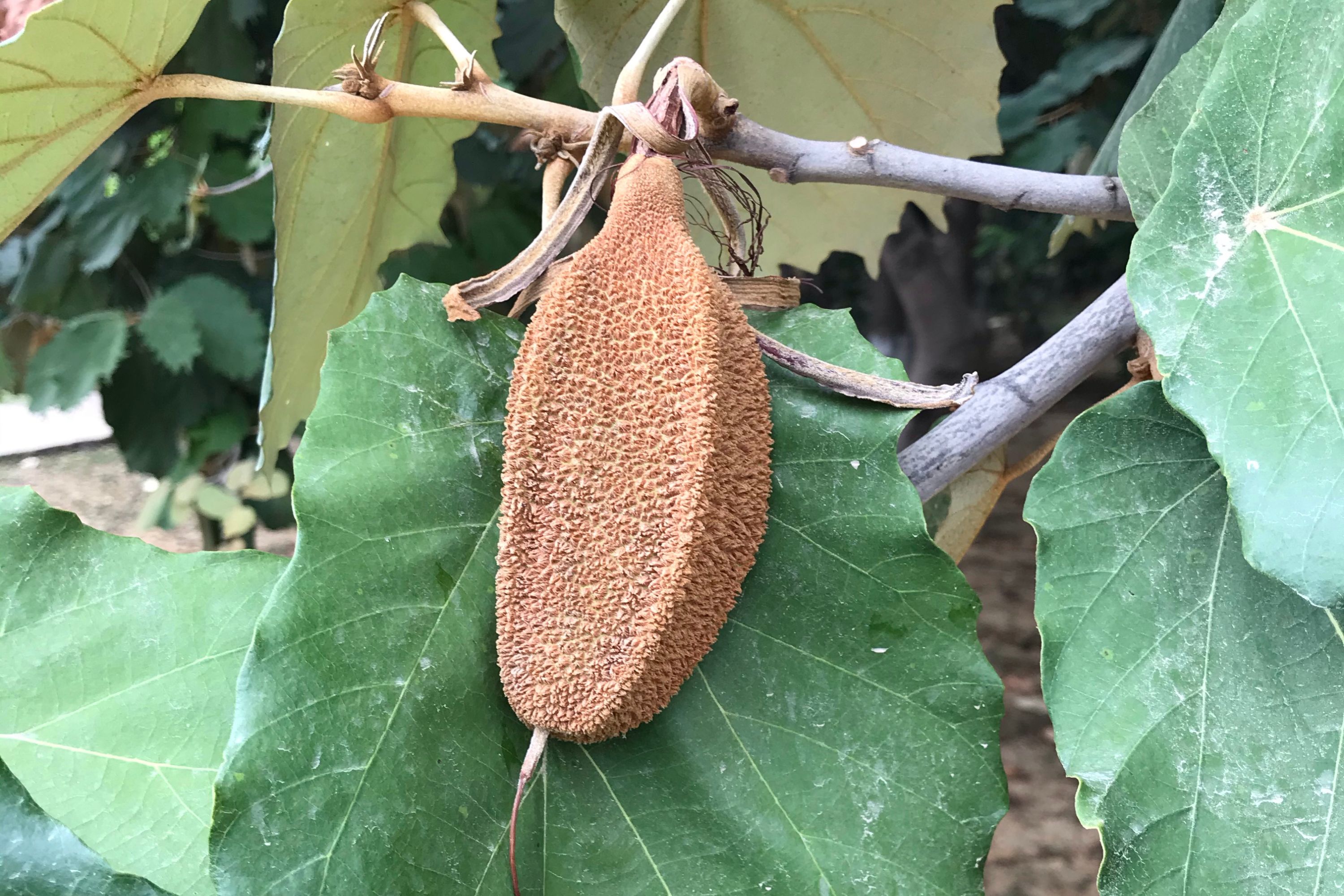Bayur Tree
(Pterospermum acerifolium)

Description
Pterospermum acerifolium, the bayur tree or karnikara tree, is an flowering plant indigenous to Southeast Asia, from India to Burma. It is most likely to grow naturally along forested stream banks. The best growing conditions are a seasonally moist then dry climate with access to full sunlight. Pterospermum acerifolium is an angiosperm that is traditionally included in the Sterculiaceae family; however, it is grouped in the expanded Malvaceae family as well. The classification Pterospermum is based on two Greek words, Pteron and Sperma, meaning “winged seed” and the species name acerifolium indicates leaves shaped like a maple's. There is an array of common names for Pterospermum acerifolium, depending on the region where it is grown. It is commonly referred to as Kanak Champa, Muchakunda or Karnikar Tree within its native range. In the Philippines, it is known as Bayog. Other common names include Bayur Tree, Maple-Leafed Bayur Tree, and Dinner Plate Tree. It is a relatively a large tree, growing up to thirty meters tall. Mostly planted as an ornamental or shade tree, the leaves, flowers, and wood of a Bayur Tree can serve a variety of functions.
Taxonomic tree:







